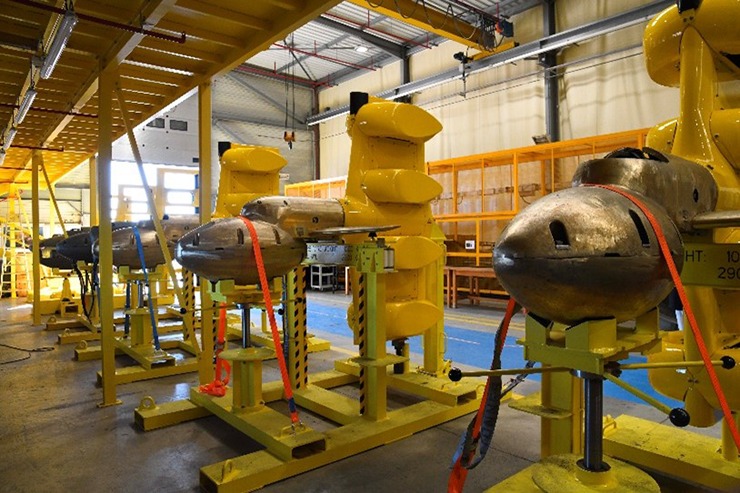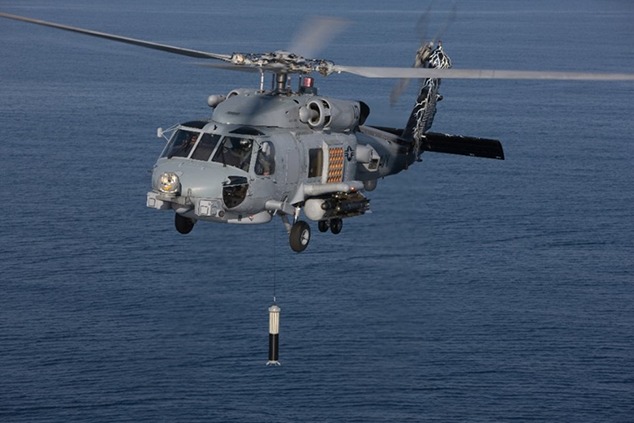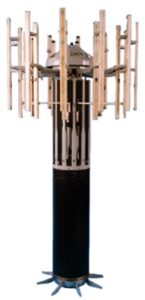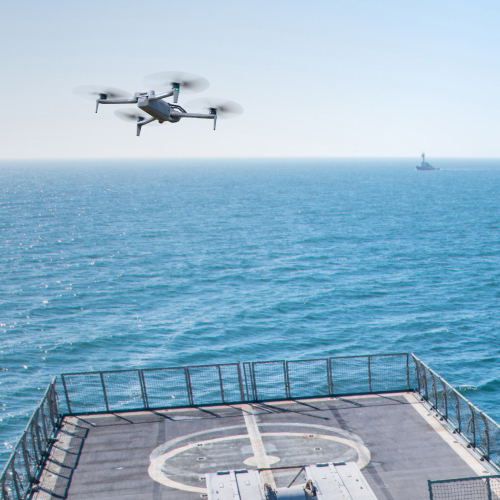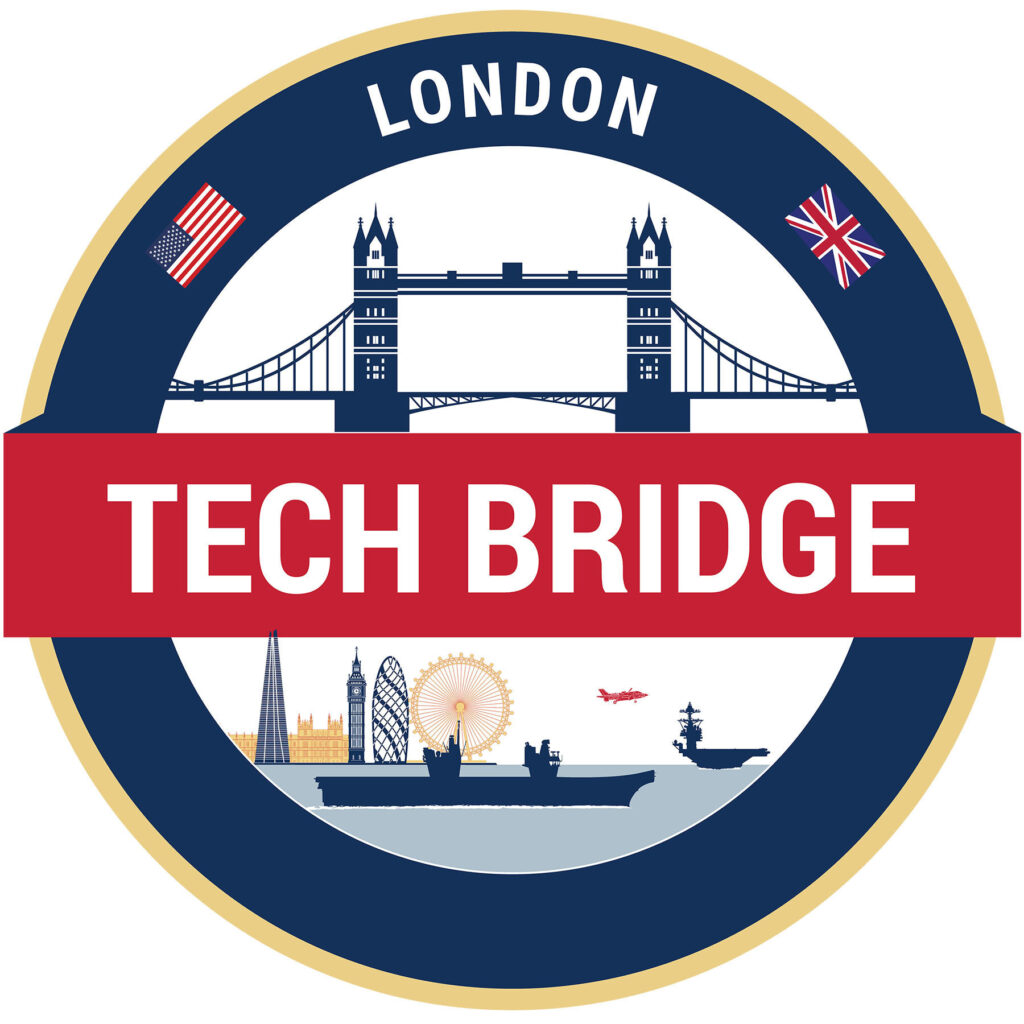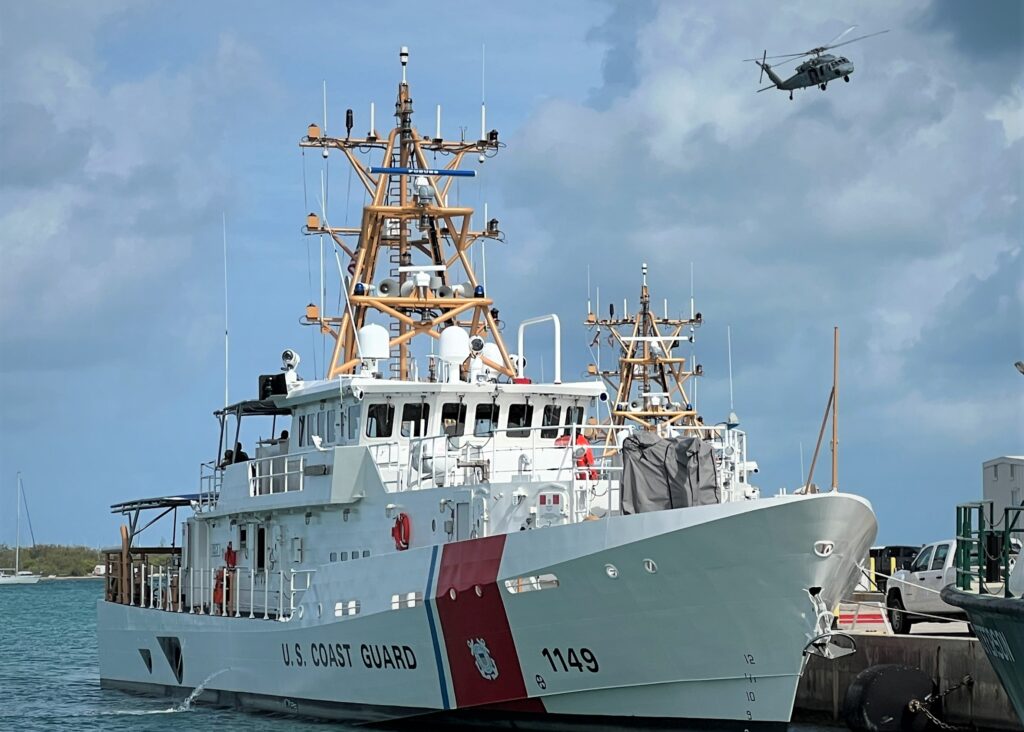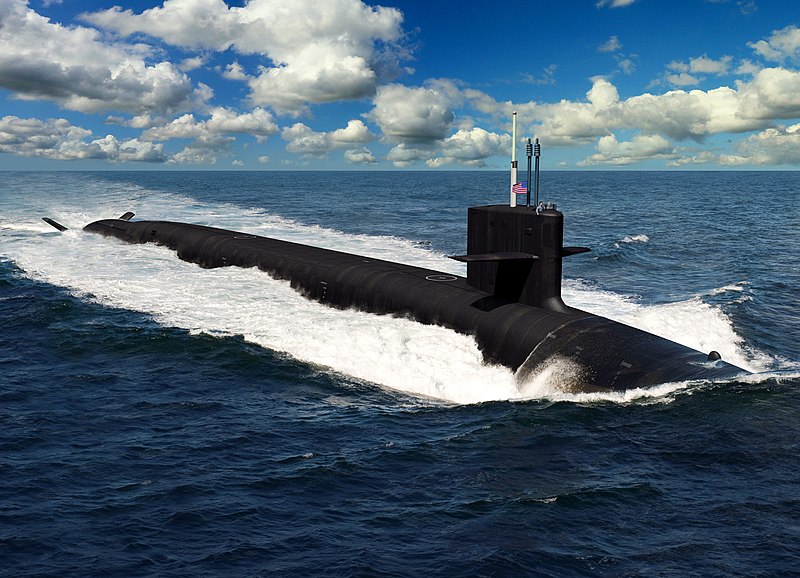Additive Manufacturing, Small Business Collaboration Highlight First Day of Sea-Air-Space 2024
By NAVAIR
Naval Air Systems Command (NAVAIR) kicked off the 2024 Sea-Air-Space Expo on Monday with panel discussions on manned/unmanned and weapon systems advancements, additive manufacturing success stories and collaborative opportunities for small businesses to join with NAVAIR to aid the warfighter.
The first panel was led by Rear Admiral Stephen Tedford, executive officer of the Program Executive Office for Unmanned Aviation and Strike Weapons (see Tuesday’s Show Daily for a story on his presentation).
Theodore Gronda, program manager for the NAVAIR Additive Manufacturing (AM) Team, began his panel discussion by highlighting that the AM team was established in order to create parts in small quantities, when needed, to get a grounded aircraft back in service in a faster time than relying on industry partners for supply chain gaps. Additive Manufacturing is the ability to “print” an object based on information fed into a device, much like a 3D printer.
Gronda said NAVAIR began supporting AM developments by separating them into three tiers. Tier 1 AM printers focus on “Commodity Polymers,” and is responsible for creating non-critical, smaller items such as knobs, clips and caps. Tier 2 AM printers focus on “Industrial Polymers,” including non-critical and critical parts such as tools, covers, brackets and mounts. Tier 3 AM printers are “Industrial Metal” and create non-critical and critical metal parts including valve bodies, gearboxes, fuel and engine components and manifolds.
One of the newer capabilities Gronda announced was the addition of a “Solid State” cold spray technology, which uses a metal powder to spray and build up or repair a designated item.
Currently, there are 96 AM devices deployed to 33 sites, including deployed aircraft carriers.
A recent victory for the AM team’s capabilities was when they received word that a ship’s optical landing system had failed. There were aircraft aboard the ship that depended upon that critical landing system and were unable to fly. The ship contacted the AM team and they got to work, learning that the damaged part was simply a coupler, no bigger than four quarters. Within 12 hours, the team was able to redesign the coupler, test it, receive approval, and send the coupler data electronically to the ship where it was then printed. As they were about to install the part, the ship received orders to deploy and the repair was put on hold for a few hours to enable the ship to transit to its destination. Once it arrived, the coupler was installed, and aircraft from that ship were deployed to intercept UASs that were targeting allies.
Another victory for the team, several E-6B Mercury customers found themselves in need of fuel cell interconnecting fittings replacements, as the previous vendor for the part went under during the Covid-19 pandemic. The AM team received a call in October, requesting 12 replacements for the fuel cell interconnectors. Within four months, the team was able to produce the parts and get them to the customers.
Gronda stressed that this was just one example of how the pandemic affected the Naval Supply Systems Command (NAVSUP) ability to maintain sustainment capabilities and how the AM team is rising to meet those areas impacted by supply chain gaps created by the pandemic.
Recognizing the increasing need of AM implementations, Gronda said the Naval Aviation Schoolhouse for Additive Manufacturing was established in February in Danville, Virginia, and will aim to create a pipeline of AM artisans to meet growing AM needs. The Schoolhouse is a collaborative effort with Naval Sea Systems Command (NAVSEA).
Another success story related to the team was the ability to repair tire rim assemblies on F/A-18 Hornets. Gronda said pilots often land hard on carrier decks, causing the landing gear wheel hub to oblong and the tire to shake. If the tire shakes, it is taken off and discarded.
“That tire is wildly expensive,” Gronda said. “There wasn’t an effective way to repair it. We go through 166 of these tires a year and they cost six figures apiece. Eighty percent of those tires are repairable with cold spray technology. It takes me two hours and costs $300. It’s a big deal for us. And what that’s done is taught us to think different. Stuff that we previously thought was not repairable is repairable now with cool spray and our additive manufacturing repair machines.”
Small Business Opportunities
The final panel of the day began with an overview of the NAVAIR Office of Small Business Programs (OSBP) and how collaborations with modestly sized operations can be mutually beneficial.
The panel gave step-by-step guidance in how the team guides prospective partners through meeting with OSBP, specifically directing them to the OSBP website, https://www.navair.navy.mil/osbp/.
Irma Alexander, deputy director for the OSBP, summed up whole purpose attendees were at Sea-Air-Space this week — market research.
“The government is here to learn about you. You’re here to learn about us, about your competitors, about potential future collaborations,” Alexander said. “But how do you make those decisions? You make them through market research. That’s our common purpose. So, when you go home and you’re tired, think about the motivation you felt this morning, because that’s the motivation you need to go do your homework so you can come see us. Market research is the foundation from where you build your business decisions, where you decide how you’re going to capture that business, and how you’re going to mark it. The good news is we offer a lot of awesome market research resources.”
